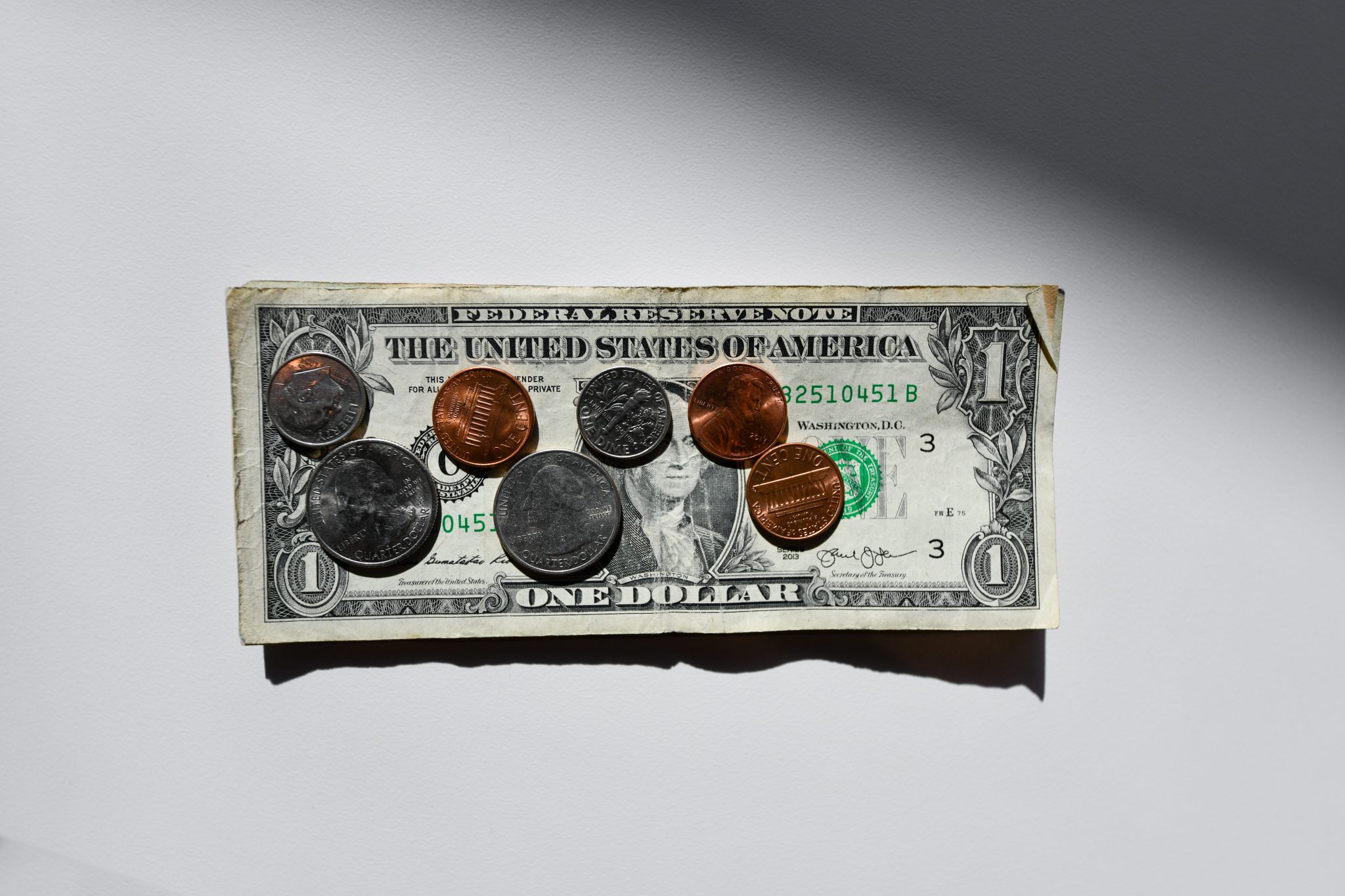What You Need to Know About Renko Chart Forex
Renko charts show the fluctuations of asset prices in the Forex market. They comprise blocks of red and green, of the same size, and each block is either higher or lower than the one before it. A red or black bar represents a drop in price, a white or green bar an increase. Renko charts are a relatively easy way to assess the market and make spotting trends easier, allowing for a Renko trading strategy to be developed. They are often chosen for the clear, uncluttered view they provide of the market, and they can be used alongside many other strategies and methods, as well as being customized to suit different trading styles.
When setting up a Renko chart, the trader will choose the size of the brick, by setting the preferred price point movement from the closing price of the first brick. For example, if a user chooses a 25-brick size, then the closing price needs to be 25 price points more or less than the closing price of the last brick in order for a new one to form on the chart.
A trader can set the time frame for a Renko chart for either a few seconds or a month. As well as identifying trends, Renko charts can also act as a useful trailing stop-loss tool. In general, Renko chart Forex strategies offer the trader more opportunities to take up positions and to try different approaches by altering brick sizes.
Which Online Forex Trading Strategies Offer Renko Charting
If you’re considering the best Renko strategy to deploy, the options below could be a good place to start.
- Swing Failure System
Renko charts can be used to spot swing failure trends in the forex. A swing failure is an incident where a price does not make a new high or a new low, and spotting this early can give a trader advance warning of an upcoming shift in market direction. This Renko strategy is relatively simple to implement, and its main requirement to execute well is patience, and the risk-reward setup is favorable. There is also the potential to male significant levels of profit.Configuring your Renko chart for smaller brick sizes is most suitable for this system, in order for a trader to not be faced with a delay for an entry to be triggered once trading conditions have been established. - Equidistant Price Channel Strategy
There are a number of different variations in terms of how this strategy is used, but its key component is using a Renko chart to analyze price interactions in connection with equidistant price channels, in conjunction with buy and sell signals. This is a short-term strategy concerned with counter trends; it is similar to price action trading strategies and offers good opportunities for traders who have the patience to wait for the optimum moment to trade. Due to this, traders will need to be able to keep a close eye on the market in order to take up a position at the point that the conditions become favorable. - Moving Average Crossover System:
This is one of the easiest strategies to learn, and so is ideal for Renko chart beginners. The basic idea is to use one moving average point to track a shorter-term period while another tracks a longer-term period. It’s a simple yet effective way to spot market trends, and one of its biggest advantages is that, due to its set-up, any losses incurred are likely to be small. - Engulfing Bars Trading Strategy: By enabling the ‘wicks’ on a Renko chart, traders can view the high/low price and any price rejection clearly. When buying, traders need to identify a significant downtrend or decline in a market, and then watch for the formation of a bullish engulfing bar in the opposite direction. Once this bar is closed, a trader can either place a pending order at the closing price or use the opening price of the new bar to create a pending order. After setting the take profit, the remainder of the position may be trailed, or the trader may prefer to exit completely.
When traders are selling, they need to watch for a new uptrend or rally in the market. Once this has been identified, it is the formation of a bearish bar going in the opposite direction that needs to be sought. Once found, a trader will need to enter at the bearish engulfing bar’s close, with profits set to one Renko brick of the size being used. An alternative option is to enter a pending order at the previous Renko bar’s opening position.
This strategy can be used to good effect with Renko price action trading methods.
Which Timeframe is Best for Renko Charts?
Choosing a timeframe will largely depend on your trading strategy, and there may need to be an element of trial and error at first to find the method that suits your trading style best. The choice will also be affected by your lifestyle and the amount of time you have available to monitor the market.
Smaller boxes relate to smaller timeframes: therefore the user can expect to see increased trend changes and, as a result, an increased number of trades. Similarly, larger box sizes mean longer timeframes, and thus fewer trend changes and fewer trades.
If your strategy incorporates watching for trading signals, then a longer timeframe won’t be suitable; traders will, in this case, mostly opt for very short timeframes, even as little as a minute. However, if you are concerned with analyzing patterns and market movements on a wider scale, then a longer timescale, such as a daily chart, maybe the best option.
What Are the Pros and Cons of Using Renko Scalping?
A Renko scalping strategy is a good fit for traders wanting to make multiple small profits over a short time period. Traders will need speed and the ability to read the market and their Renko charts accurately and have a sound knowledge of the principle of divergence in trades. To begin scalping, traders need to first choose their currency pairs and then set their timeframe. Positions can change very quickly, and for a trader to be successful with a scalping strategy they must be able to hold their nerve and react at speed. It can be intense, and traders need to consider their individual personality as well as preferred trading style when it comes to deciding whether this is the right strategy for them to deploy.
The pros of a Renko scalping strategy include:
- The system is versatile and simple to use
- Following the system correctly usually results in a 1:2 risk/reward setup
- It’s a great way to profit from volatile or slow markets
- Incorporating money management strategies to run alongside scalping can reduce the risk of losses still further
- It can be tailored to fit multiple trading styles
- Small price movements are not included, so the chart is clearer to read
- Support and resistance levels can be spotted
- Renko calculators for brick sizing are available to identify the best option for this strategy
The cons of Renko scalping are:
- You need to have a strong knowledge of the markets and the fundamentals of trading. This is not necessarily a good strategy for beginners
- Not as suitable for those traders preferring longer timeframes
- In some systems, if pending orders aren’t triggered, they are deleted
- Scalping is not an appropriate strategy for traders who may only be able to check the market intermittently throughout the day – positions and movements tend to happen and need to be responded to, quickly
- Renko scalping can be viewed as foolproof: it’s not, and losses can accumulate, especially for the novice trader.
- Less market information is viewable to analyze on a Renko chart
How Can Renko Charts Be Used for Trading and Investing
Using Renko charts in day trading strategies tends to work most favorably; as well as providing a way to spot emerging market trends, they are also helpful in identifying breakouts, reversals, and areas of support and resistance.
Traders first of all need to set the size of their bricks by establishing price point change and timeframe parameters. The ATR (Average True Range Indicator) can also be used in conjunction with a Renko chart, and this is discussed further below.
Identifying the level of support and resistance (a measure of how far a price has dropped or increased) in the market using a Renko chart can help a trader to decide the best point at which to buy or sell. Short trades can be capitalized on near resistance, while near support is the optimum time to invest.
The charts are also a tool to spot breakouts occurring in a particular market so that a trader is alerted when to, for example, take a long position in the expectation of an identified trend continuing its upward trajectory. Graphic pattern systems can also be successfully used to trade with a Renko chart by alerting the trader to reversal patterns, double stops, and double bottoms.
What is the Best Combination of a Technical Indicator with a Renko Chart?
An ATR technical indicator is widely viewed as the best type to use in conjunction with a Renko chart system, and it is typically set to a fourteen pip value/timeframe. Rather than staying static, the system will automatically change the brick size as the ATR value shifts with the market. Although this means that traders will need to frequently redraw their charts, the advantage of using ATR as a Renko indicator is that it gives a clear and concise view of the price ranges of an instrument.
This approach differs from the fixed box system, in which the size of each box remains constant for the duration of the Renko chart. Some traders prefer this method, although, for many, using a static small box size to analyze trends can be problematic as the chart then becomes sensitive to tiny price point fluctuations, making it more tricky to read and significantly more difficult to identify wider trends.
Another technical indicator that can be deployed to good effect with Renko charts are Bollinger Bands, which act as an effective trend signaling tool. Bands can be customized to identify fluctuations in market volatility, and trend changes concerning support and resistance levels.
What’s Next?
If you’re interested in using a Renko trading strategy, then your first port of call needs to be finding a good quality Renko charting platform that suits you and your trading style best. Charting the bricks is a key element in all strategies incorporating Renko, and there are various platforms online to choose from.
Next, choose the instrument you want to trade – in this case, forex, but Renko charts can also be used to trade in stocks, futures, or commodities.
The next stage is configuring your chart to your preferred specifications, as discussed above. This will largely depend on the type of trading strategy you want to execute, and your preferred level of risk. You’re now ready to consider how your chosen trading strategy will sit alongside your freshly configured Renko chart. A key element to think about is ensuring your system is focused, in order to get the best results, so bear in mind your indicators, and perhaps experiment by analyzing price movements based solely on the Renko boxe fluctuations on your chart.
Lastly, and most importantly, know when to continue trading, and when to bow out of the game. It can be easy to get swept up in the momentum of a few successful positions and end up investing – and possibly losing – more than you meant to. It’s a great idea to have a target profit amount that, should you reach, signals to you to cease trading for the day, as well as a maximum loss figure that, once reached, again, means that you leave the table. This can help protect your gains and mitigate any potential losses.
Also, Read Some Interesting Information About Best Forex Brokers For Beginners.





